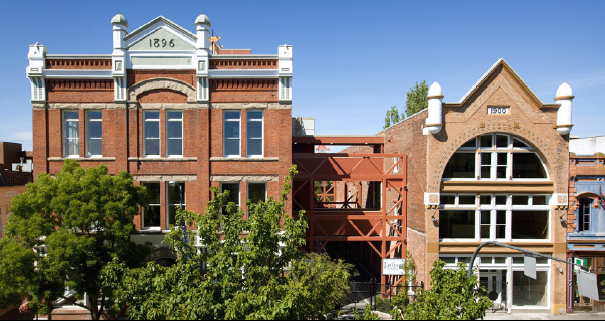1 Graduate Student, Department of Civil Engineering, University of British Columbia, Vancouver, BC, V6T 1Z4, Canada, bpaxton@rjc.ca
2 Senior Heritage Planner, City of Victoria, BC, V8W 1P6, Canada, sbarber@victoria.ca
3 Executive Director, Victoria Civic Heritage Trust, BC, V8W 1P6, Canada, vcht@shaw.ca
4 Associate Professor, Department of Civil Engineering, University of British Columbia, Vancouver, BC, V6T 1Z4, Canada, elwood@civil.ubc.ca
ABSTRACT
Victoria, British Columbia, Canada is widely known for its historical downtown core with numerous early 20th century masonry buildings. The city is also located within 100 km of the Juan de Fuca subduction zone, capable of approximately M9 mega-thrust earthquakes. The seismic risk for the region is further heightened due to the potential for smaller, but closer, crustal earthquakes. This seismic environment is not unlike that of Christchurch, New Zealand, where earthquakes in 2010 and 2011 have severely impacted the relatively large population of unreinforced masonry (URM) buildings. This paper briefly compares the history of heritage URM construction in Victoria with that in Christchurch and approaches taken to address the vulnerability of these buildings. Recognizing the life safety risk from these structures in the event of an earthquake, Victoria has taken a voluntary but proactive approach to the seismic retrofit of heritage buildings, including tax incentives. The paper reports on retrofit progress in Victoria, makes comparison to seismic risk mitigation efforts undertaken elsewhere, describes example projects, and introduces an ongoing study to correlate the distribution of URM buildings in the city with ground conditions and population distribution to identify the buildings with the greatest risk of damage in future earthquakes.
KEYWORDS: unreinforced masonry, seismic risk, seismic retrofit, Victoria, Christchurch
479.pdf



